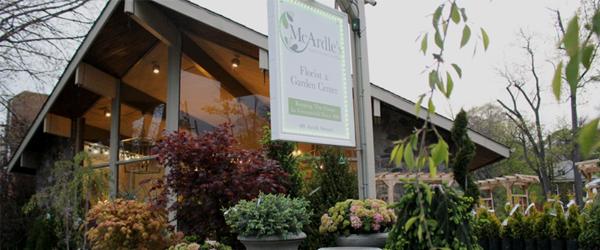Join the Sustainability Committee for informative and educational discussions on how the Greenwich Sustainability Sectors are responding to the challenges of the climate crisis.
The Speaker Series takes place at the Second Congregational Chapel from 1:00 – 2:30pm
Please visit our webpage: greenwichct.gov to sign up for our newsletter and follow us @greenwichsustainability to receive updates.
LAND AND WATER: September 28, 2023
Forests, Trees and Brain Health
Community Partner: Greenwich Tree Conservancy
WASTE REDUCTION: October 24, 2023
Waste Injustice: Impacts and Solutions
Community Partner: Waste Free Greenwich
COMMUNITY CULTURE: November 28, 2023
Building Ecological Climate Resilience Through Native Plant Landscaping
Community Partner: Greenwich Land Trust
FOOD SYSTEMS: January 30, 2024
Regionalizing the Food System in Response to Climate Change
Community Partners: Greenwich Community Gardens and The Foodshed Network
LEGISLATION AND ADVOCACY: February, 2024
BUSINESS: March 26, 2024
The Business Case for Sustainability: Why is it Important for Business to Adopt Sustainable Practices?
CLIMATE RESILIENCY: April, 2024
Climate Change Impacts in Greenwich: What Do We Need to Prepare For and How?
TRANSPORTATION AND AIR QUALITY: May 28, 2024
Spare the Air: Smog Season Starts with a Call to Drive Less and Landscape Responsibly
Contact Kim Gregory @ staglanefarm@yahoo.com with any questions.
Greenwich Sustainability Committee Speaker Series is in partnership with Coffee for Good and Second Congregational Church.
Original Source: Greenwich Sustainability Committee Speaker Series: Save the Dates | Greenwich Free Press
More info on this month’s event. To RSVP, email Kim Gregory at staglanefarm@yahoo.com.


